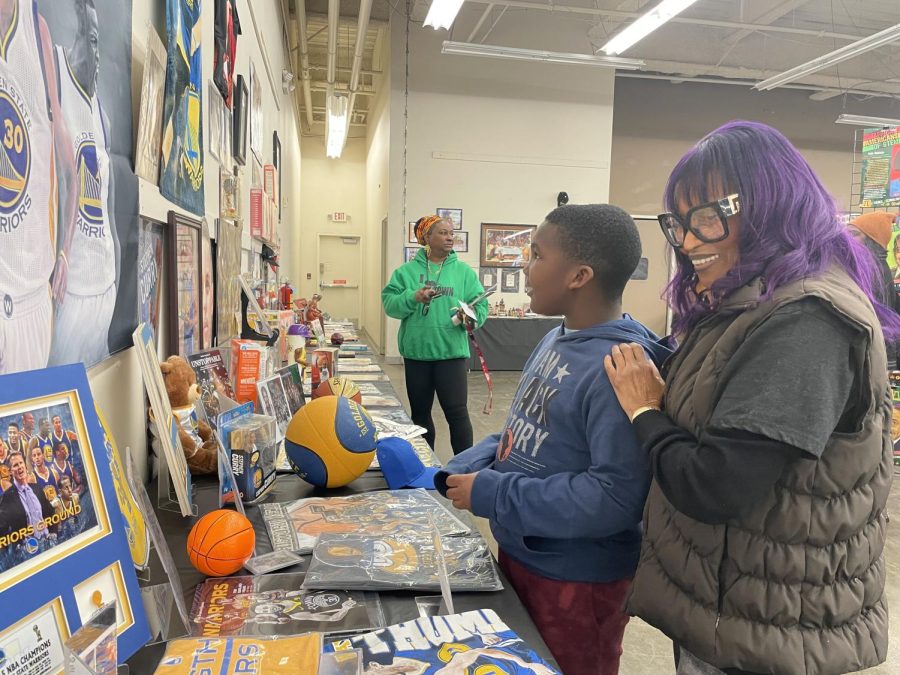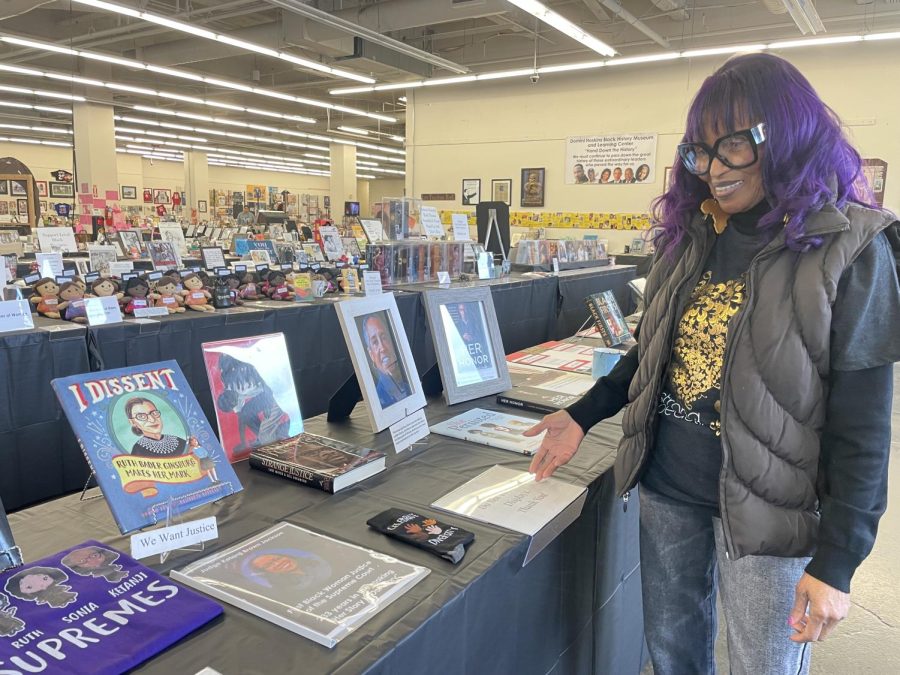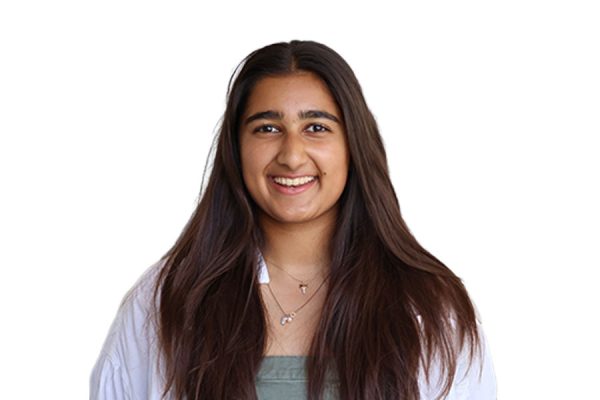The non-profit Domini Hoskins Black History Museum & Learning Center opened its pop-up museum in Redwood City for Black History Month.
The museum opened Friday, Feb. 3, and from 12-5 p.m. daily, kids and adults of all ages are welcome.
Carolyn Hoskins and her son Domini founded the organization more than 30 years ago. They hope to educate their community about Black history through their numerous exhibits.
Domini Hoskins asked his mom as a kid whether any other important Black people had contributed to America besides Dr. Martin Luther King since he was one of the only people Domini Hoskins had learned about.
“I told Domini there are so many people, even that Dr. King admired, so we started this as a little school project to learn a bit more. Then we started traveling up and down the peninsula, as you can see how big it has grown,” Carolyn Hoskins said.
The museum is in Redwood City on 890 Jefferson Ave., where the former Cost Plus World Market was located. Hoskins explained that the San Mateo Event Center donates more than 100 tables for them to assemble their exhibits, which typically begins in December.
“We’ve been doing this for years, and normally, we start setting up before Christmas. This year, we started the second week of January,” Carolyn Hoskins said.
The storms at the beginning of the year made transferring tables and finding volunteers to help much more difficult to bring everything in. Carolyn Hoskins then spent several weeks, eight or more hours a day, organizing the museum to prepare for the opening day.
She divided the museum into multiple different sections showcasing African American history and their numerous contributions to America, including sports, inventions, and music sections, with pictures and descriptions of influential African Americans in each exhibit.
“For me, one of the most important parts of the museum is the inventions. Once you look at all of the things that we all over the world take for granted that people didn’t realize African Americans invented, it becomes more impressive,” Carolyn Hoskins said.
In the inventions section, there are small plaques and visual representations of many things that African American inventors have created throughout history, including one of the first cellular phones, potato chips, and many uses for peanuts.
“Even kids in kindergarten, even though they may not remember the name of the person that invented something, they would remember seeing it and be able to say ‘an African American invented that.’ I still feel like I have accomplished something because they recognize that item,” Carolyn Hoskins said.
Janet Borgens, a former volunteer at the museum, agreed with the importance of the inventions section as it casts a light on the African American innovators of everyday objects.
“Carolyn’s museum is a huge labor of love, and it provides the vital opportunity to learn so much more about the Black race and their struggles, survival, and contributions to our society,” Borgens said.
Carolyn Hoskins’ goal with the museum is to show people how important and rich African American history is.
“I want to get away from the stereotype that African Americans did not contribute to America. You cannot talk about America if you don’t talk about Black America, which is something people often don’t realize,” Carolyn Hoskins said.
She emphasized that while not everybody could go to Washington D.C. to see the different museums and monuments highlighting the accomplishments of Black people, there’s plenty of history here in San Mateo County. Carolyn Hoskins added that, like her son Domini, kids want to learn more about people other than Dr. King and Rosa Parks.
“It’s important to educate kids and go deeper than just the same few people because every race has something they are not proud of, and no matter how hard you try, you can’t erase the history,” Carolyn Hoskins said.
Carolyn Hoskins added that it’s important to bring kids and adults to the museum so they can learn about mistakes made in the past.
“They can learn by talking about these mistakes, so here we try to showcase the history to encourage conversations. Then people can learn that it wasn’t just one race of people that made America great; everybody has contributed,” Carolyn Hoskins said.
Jill Hyatt, a member of the museum’s board of directors, emphasized the hard work put in to maintain the museum.
“Carolyn works tirelessly every year, putting all the artifacts she has into storage and paying for the storage. Then she brings them out for just a month; I can’t even imagine the energy that goes into that,” Hyatt said.
As they look to the future, despite the yearly success of their mobile exhibit, Carolyn Hoskins shares that they hope to find a permanent home for the museum to continue educating the community more easily.
“We’ve been looking for a long time because it’s tough packing up. No matter how much bubble wrap we use, something always gets broken,” Carolyn Hoskins said.
Meanwhile, despite difficulties finding potential locations, Carolyn Hoskins maintains that her primary goal is to educate.
“The thing people don’t always realize is that racism is taught. Kids aren’t inherently racist; it’s their parents or other adult figures. Everything stems from a lack of education and knowledge, and with this museum, I hope we can begin to change that,” Carolyn Hoskins said.














